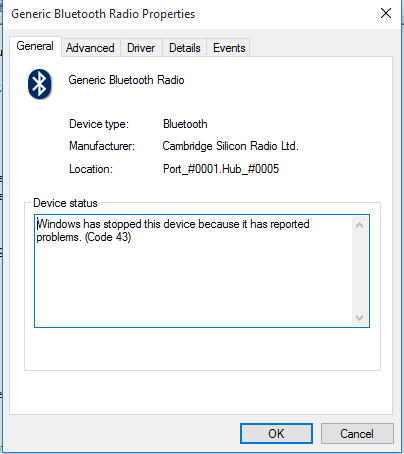Driver Sony Vaio S Series Vpcs113fg 64 Bit

I too own that same laptop model and went through the exact same problem as you did (brightness stuck at low) when upgrading to win8, on the sony website I found that this laptop model will not support windows 8 (which is a shame because everything else works but the brightness. Looks like the only options left are to reinstall win7 or go shopping for a new win8 laptop or if your feel that you can live with a dim screen you can keep things as they are, the choice is yours, Good Luck.
Hi There I'm running my windows 7 64bit on my Sony Vaio VPCS135FG with Core I3. Experienced BSOD long time ago, as well as slow performance. I recently upgraded my RAM to 8GB, and switch to 128GB SSD, but BSOD persists. I'm afraid it might be because of the USB contact interface (where u plug the external devices into usb gate??), so maybe hardware problems? But i'm not sure, so I decided to try to ask for help here.
 Dec 08, 2013 Sony Vaio VPCCW14FX drivers for Windows 7 64-bit Reviewed by dennis sistiawan on Sunday, December 8, 2013 Rating: 4.5 Posted by dennis sistiawan at 12:02 AM Email This BlogThis!
Dec 08, 2013 Sony Vaio VPCCW14FX drivers for Windows 7 64-bit Reviewed by dennis sistiawan on Sunday, December 8, 2013 Rating: 4.5 Posted by dennis sistiawan at 12:02 AM Email This BlogThis!
I tried to run the verifier, but i got BSOD right after restart, so i had to restore my system. Please take a look and help me. Hi, There are no DMP files located in your jcgriff2 output folder. This is actually an okay scenario to be in here as we can take a different route based off of the bugcheck you're getting. The specific type of bugcheck you're getting is relatively difficult to debug with only a Minidump, and as we have none, let's go ahead and get us a Kernel-Dump. Go here to see how to set one up - 2. Once you crash, upload the Kernel (path is C: Windows with the name MEMORY.DMP) to any site such as Onedrive, Dropbox, etc, and paste it here.
Regards, Patrick. Crack carte sd navteq update windows 7. Hi, There are no DMP files located in your jcgriff2 output folder. This is actually an okay scenario to be in here as we can take a different route based off of the bugcheck you're getting. The specific type of bugcheck you're getting is relatively difficult to debug with only a Minidump, and as we have none, let's go ahead and get us a Kernel-Dump.
Go here to see how to set one up - 2. Once you crash, upload the Kernel (path is C: Windows with the name MEMORY.DMP) to any site such as Onedrive, Dropbox, etc, and paste it here. Regards, Patrick. Possibly, yes.
Can you please check the following: If your computer is not generating.DMP files, please do the following: 1. Windows key + Pause key. This should bring up System. Click Advanced System Settings on the left > Advanced > Performance > Settings > Advanced > Ensure there's a check-mark for 'Automatically manage paging file size for all drives'. Windows key + Pause key.
This should bring up System. Click Advanced System Settings on the left > Advanced > Startup and Recovery > Settings > System Failure > ensure there is a check mark next to 'Write an event to the system log'. Ensure Small Memory Dump is selected and ensure the path is%systemroot% Minidump.
Double check that the WERS is ENABLED: Start > Search > type services.msc > Under the name tab, find Windows Error Reporting Service > If the status of the service is not Started then right click it and select Start. Also ensure that under Startup Type it is set to Automatic rather than Manual. You can do this by right clicking it, selecting properties, and under General selecting startup type to 'Automatic', and then click Apply. Regards, Patrick.